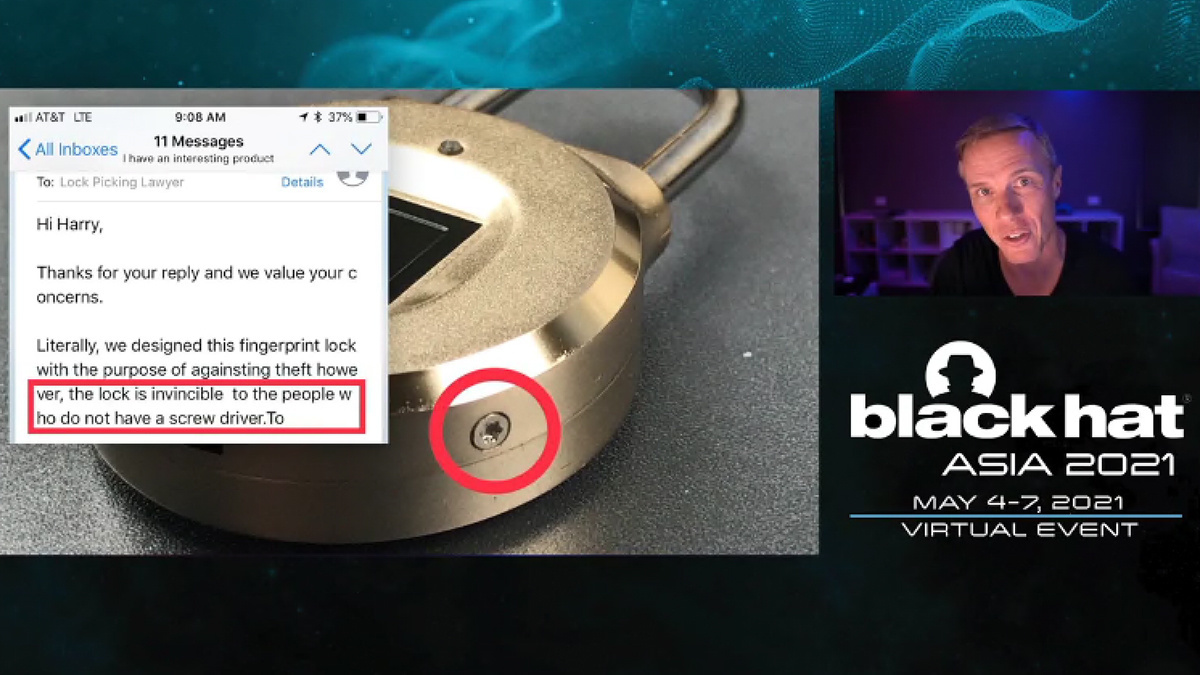Indiana companies face million-dollar decisions as ransomware attacks spike | News
FRANKLIN – In October 2021, Johnson Memorial Health went dark.
A cyberattack had infiltrated the health system’s networks and claimed to possess large amounts of patients’ personal information. The ransomware group was demanding a $3 million Bitcoin payment.
Rather than oblige, hospital administrators decided to go offline to determine the extent of the breach and prevent losing any more data, explained Dave Dunkle, president and CEO of the network.
Soon, hosptial staff were operating in the digital dark age, using paper forms to document all their procedures. Couriers scurried between departments hand-delivering blood-draw orders. With monitoring equipment down, more nurses were called in to the critical-care unit to physically observe each patient.
“It was rough,” Dunkle said. “It was very rough.”
The ransomware group never got paid, but the attack still cost the healthcare system millions of dollars to deal with the fallout. More than two years later, the hospital still hasn’t recovered financially.
“You don’t get that lost business back,” he said. “With margins being so slim for community hospitals like ours, we’re still suffering from the lost income during the attack.”
‘PAIN POINT’
Johnson Memorial Health is just one of thousands of Indiana businesses and organizations struggling to rebound after being targeted by a malware or ransomware scheme.
In recent years, the amount of money lost due to internet crimes has skyrocketed across the state. In 2019, Hoosier victims reported losing over $24 million. Last year, that number more than tripled to $73.5 million, according to data from the most recent FBI Internet Crime Report.
That’s despite the fact the number of reported cybercrime victims in Indiana actually declined by around 1,000 since 2020, when nearly 12,800 fell prey to an attack.
During the first six months of this year, insurance claims for ransomware attacks increased nationally by 27% compared to the second half of 2022, according to Coalition, a company that sells cyber…





